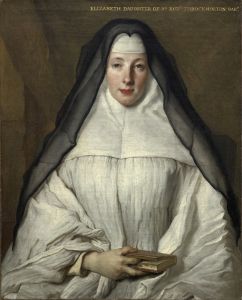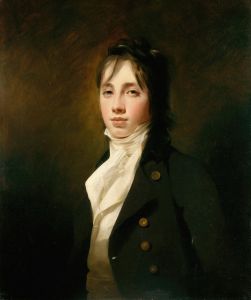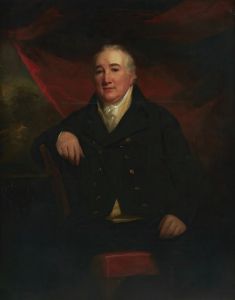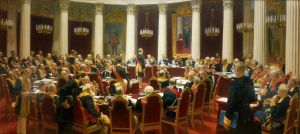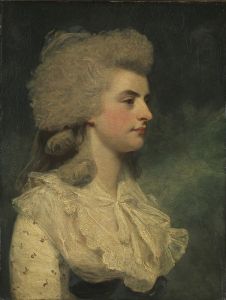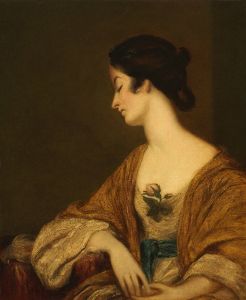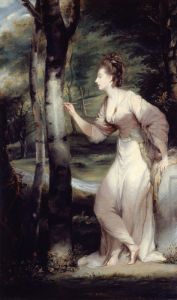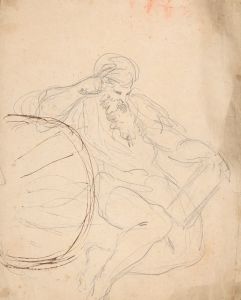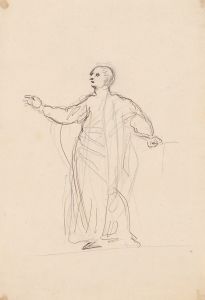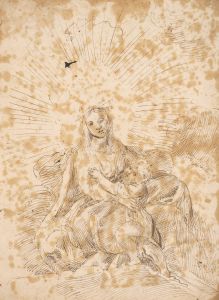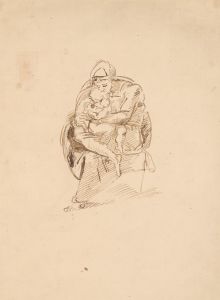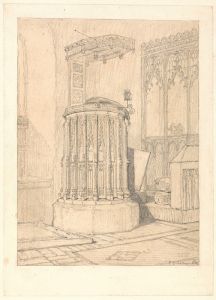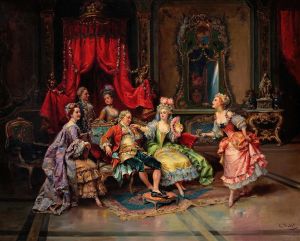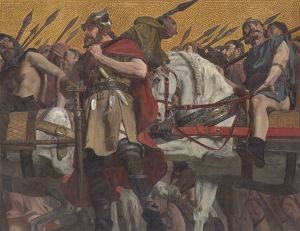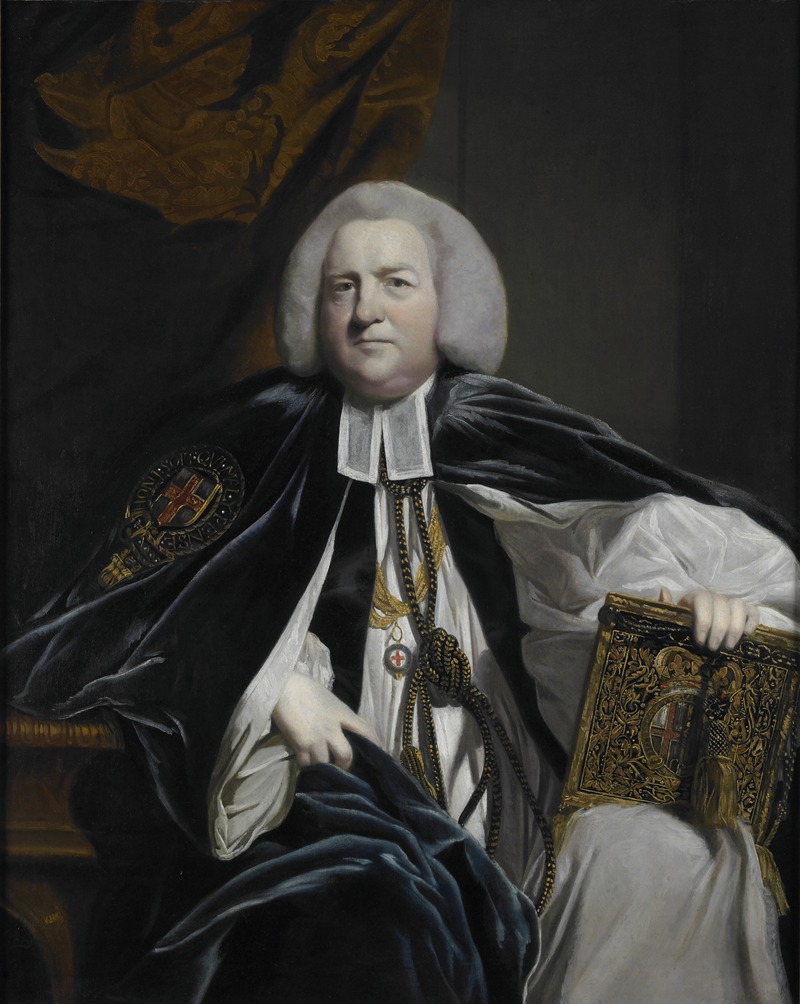
Robert Hay Drummond, D. D. Archbishop of York and Chancellor of the Order of the Garter
A hand-painted replica of Sir Joshua Reynolds’s masterpiece Robert Hay Drummond, D. D. Archbishop of York and Chancellor of the Order of the Garter, meticulously crafted by professional artists to capture the true essence of the original. Each piece is created with museum-quality canvas and rare mineral pigments, carefully painted by experienced artists with delicate brushstrokes and rich, layered colors to perfectly recreate the texture of the original artwork. Unlike machine-printed reproductions, this hand-painted version brings the painting to life, infused with the artist’s emotions and skill in every stroke. Whether for personal collection or home decoration, it instantly elevates the artistic atmosphere of any space.
The painting Robert Hay Drummond, D.D., Archbishop of York and Chancellor of the Order of the Garter is a portrait by Sir Joshua Reynolds, one of the most prominent and influential portrait painters of 18th-century Britain. The artwork depicts Robert Hay Drummond (1711–1776), who served as the Archbishop of York from 1761 until his death in 1776. He was also the Chancellor of the Order of the Garter, a prestigious position associated with one of the oldest and most distinguished orders of chivalry in England.
In this portrait, Reynolds captures Drummond in his ecclesiastical robes, emphasizing his high-ranking position within the Church of England. The painting reflects Reynolds's characteristic style, which combined elements of the Grand Manner—a style that sought to elevate the subject by portraying them with dignity and gravitas. Drummond is shown with a composed and authoritative demeanor, befitting his role as a senior clergyman and public figure. The use of light and shadow in the painting highlights the textures of his robes and the details of his facial features, showcasing Reynolds's technical skill and attention to detail.
Sir Joshua Reynolds (1723–1792) was the first president of the Royal Academy of Arts and a central figure in the development of British portraiture during the Georgian era. His works often sought to convey the character and status of his sitters, and his portraits of prominent figures like Drummond played a significant role in shaping the visual culture of the time.
Robert Hay Drummond was a notable figure in 18th-century England, not only for his ecclesiastical duties but also for his involvement in public and political life. As Archbishop of York, he was the second-highest-ranking cleric in the Church of England, subordinate only to the Archbishop of Canterbury. His tenure coincided with a period of significant social and political change in Britain, including the early years of the American Revolution.
The painting is an example of Reynolds's ability to blend realism with idealization, presenting his subjects in a manner that conveyed both their individual personality and their societal importance. The exact date of the painting is not specified, but it would have been created during Drummond's tenure as Archbishop of York, likely in the 1760s or 1770s.
The current location of the painting is not mentioned in available historical records, but many of Reynolds's works are held in major art collections and institutions, including the National Portrait Gallery in London and other prominent museums. This portrait remains an important example of Reynolds's contribution to British art and his ability to immortalize key figures of his time.





